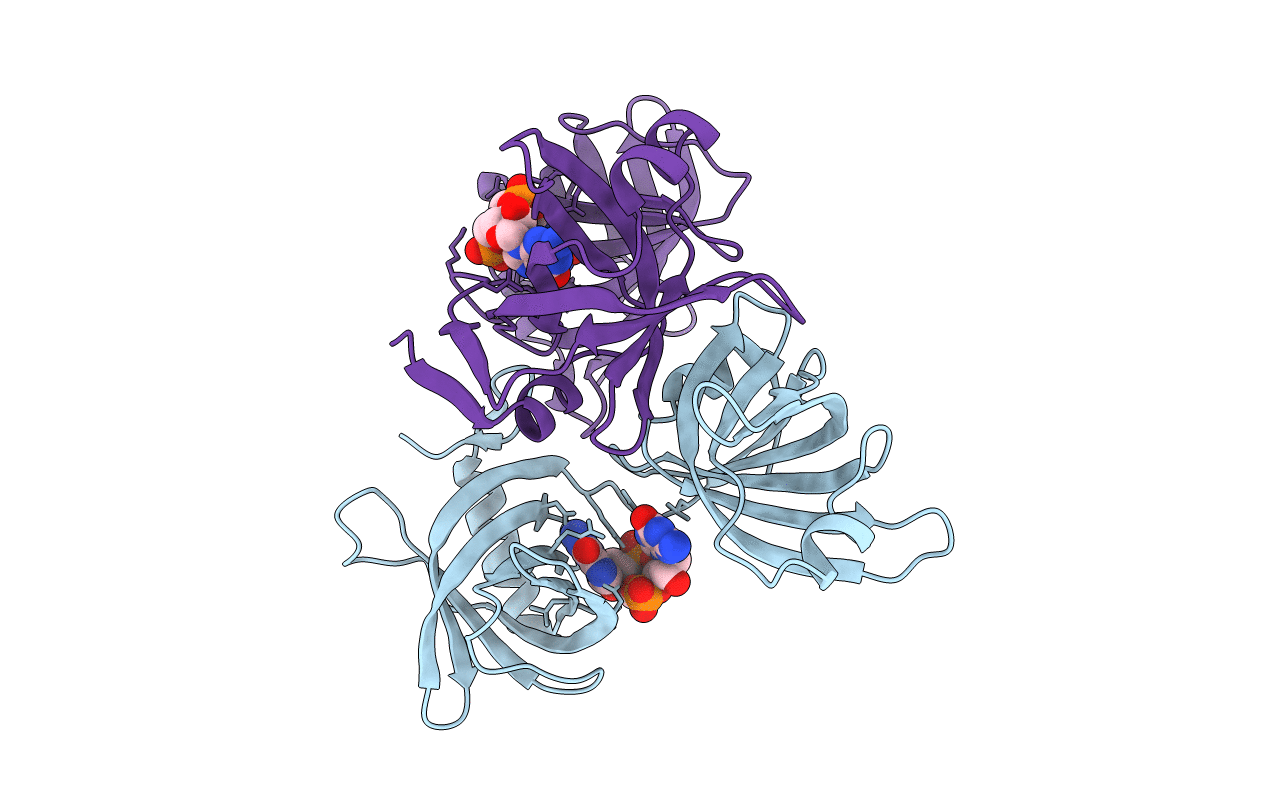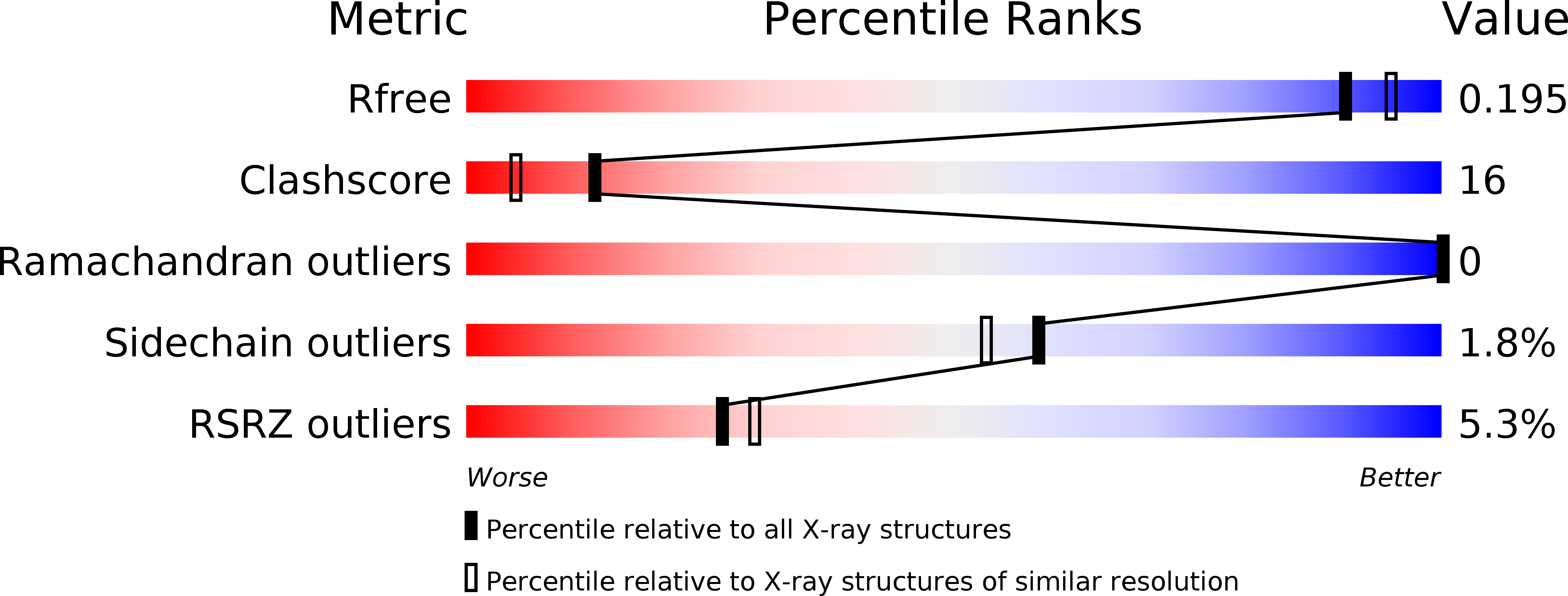
Deposition Date
2007-09-22
Release Date
2007-10-30
Last Version Date
2023-08-30
Entry Detail
PDB ID:
2RDE
Keywords:
Title:
Crystal structure of VCA0042 complexed with c-di-GMP
Biological Source:
Source Organism:
Vibrio cholerae (Taxon ID: 345073)
Host Organism:
Method Details:
Experimental Method:
Resolution:
1.92 Å
R-Value Free:
0.20
R-Value Work:
0.19
Space Group:
P 1


